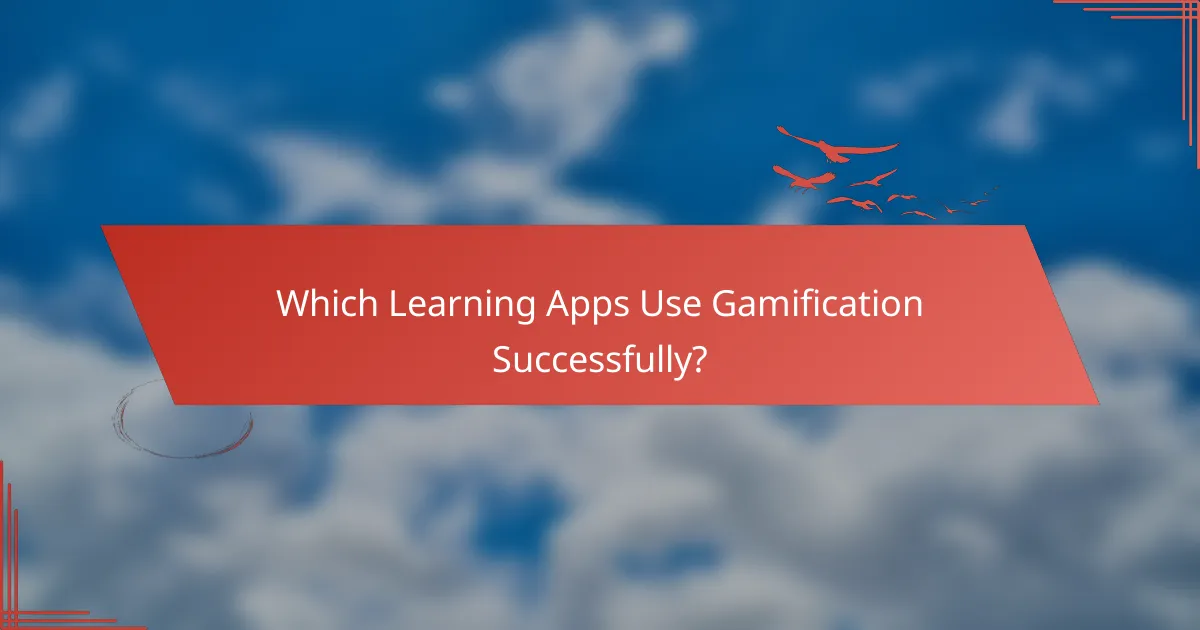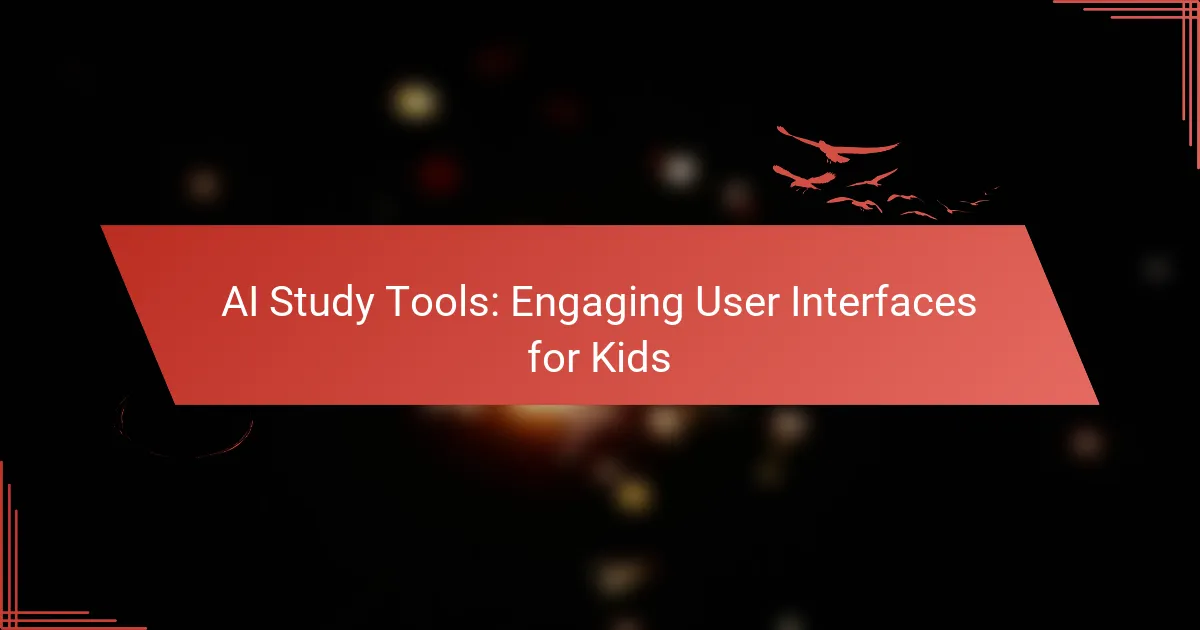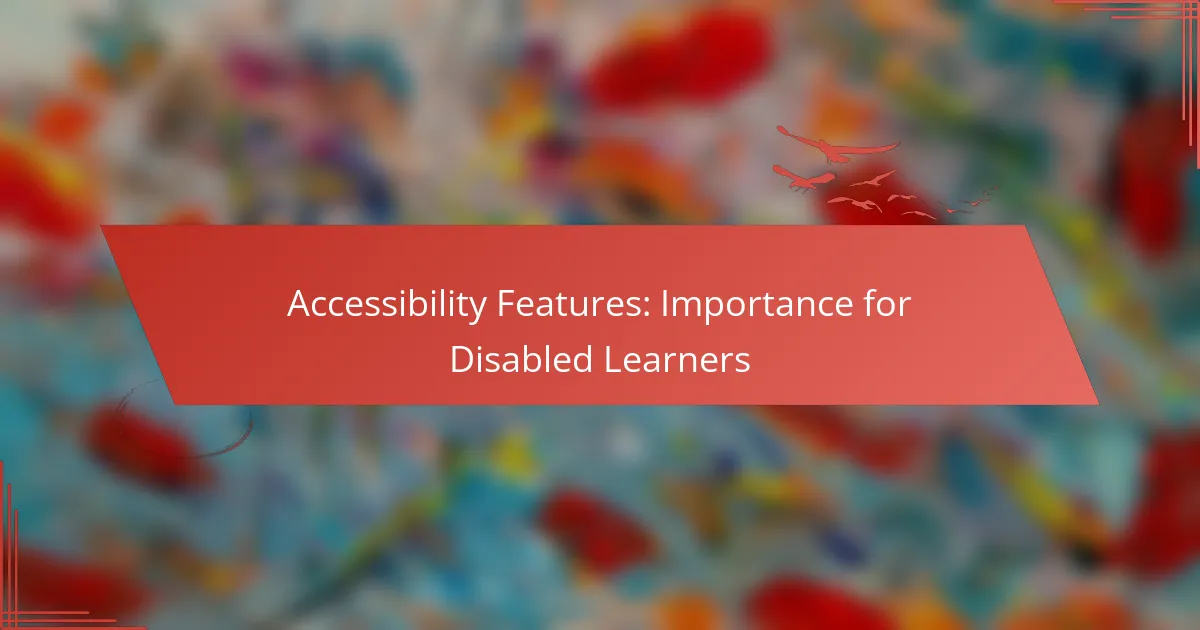Gamification significantly enhances the user experience in learning apps by integrating game-like elements that make education more interactive and enjoyable. By employing techniques such as points, levels, and rewards, these apps boost user engagement and motivation, transforming traditional learning into an exciting journey. This innovative approach not only encourages active participation but also promotes a deeper understanding of the material.

How Does Gamification Improve Learning in Apps?
Gamification enhances learning in apps by incorporating game-like elements that make the educational experience more interactive and enjoyable. This approach not only boosts user engagement but also fosters a deeper understanding of the material through various motivational strategies.
Increases engagement
Gamification increases user engagement by transforming traditional learning into an interactive experience. Features such as points, badges, and leaderboards encourage users to participate actively rather than passively consuming content.
For example, a language learning app might reward users with points for completing lessons or quizzes, making the process more enjoyable and motivating them to return regularly. This ongoing interaction is crucial for maintaining interest over time.
Enhances retention
Gamification enhances retention by reinforcing learning through repetition and rewards. When users are rewarded for completing tasks, they are more likely to remember the information associated with those tasks.
In practice, apps that incorporate quizzes or challenges after lessons help solidify knowledge. Users are encouraged to revisit material to earn rewards, which aids long-term retention of concepts.
Motivates users
Gamification motivates users by tapping into intrinsic and extrinsic motivators. Users are driven by the desire to achieve goals, earn rewards, and compete with peers, which can significantly boost their commitment to learning.
For instance, an educational app might set up a system where users can unlock new content or features as they progress, providing a clear incentive to keep learning and improving their skills.
Provides instant feedback
Gamification provides instant feedback, allowing users to understand their progress and areas for improvement immediately. This real-time feedback loop is essential for effective learning, as it helps users adjust their strategies and focus on weak points.
In many apps, users receive immediate scores or comments after completing tasks, which helps them gauge their understanding and encourages them to try again if they don’t succeed initially.
Encourages competition
Gamification encourages competition among users, which can drive performance and engagement. Leaderboards and challenges create a sense of rivalry that motivates users to improve their skills and outperform their peers.
For example, an app might feature weekly challenges where users can compete for the top spots on a leaderboard, fostering a community of learners who push each other to excel. This competitive element can significantly enhance the overall learning experience.

What Are Effective Gamification Techniques?
Effective gamification techniques enhance user engagement and motivation in learning apps by integrating game-like elements. These techniques can transform mundane tasks into enjoyable experiences, encouraging users to participate more actively in their learning journey.
Points and rewards systems
Points and rewards systems incentivize users by assigning points for completing tasks or achieving milestones. Users can accumulate these points and exchange them for rewards, such as virtual badges or real-life incentives, which can increase motivation and retention.
To implement a points system, consider setting clear criteria for earning points and ensuring that rewards are desirable and attainable. For example, a language learning app might offer points for daily practice, with users earning a bonus for streaks of consecutive days.
Leaderboards
Leaderboards create a competitive environment by displaying user rankings based on points or achievements. This visibility can motivate users to improve their performance to climb the ranks, fostering a sense of community and friendly competition.
When using leaderboards, ensure they are updated regularly and consider implementing different categories, such as weekly or monthly rankings, to keep the competition fresh. However, be mindful of users who may feel discouraged if they consistently rank low; providing options for private leaderboards can help mitigate this.
Progress tracking
Progress tracking allows users to visualize their learning journey, showing how far they’ve come and what remains to be done. This feature can boost motivation by providing a sense of accomplishment and encouraging users to set and achieve goals.
Effective progress tracking can include visual indicators, such as progress bars or checklists, that update in real-time. For instance, a coding app might show users how many modules they have completed out of the total, helping them stay focused on their learning objectives.
Challenges and quests
Challenges and quests engage users by presenting them with specific tasks or goals to accomplish within a set timeframe. These elements can make learning more dynamic and interactive, often incorporating themes or narratives to enhance the experience.
To create effective challenges, ensure they are appropriately difficult and relevant to the learning material. For example, a math app could offer a timed challenge where users solve as many problems as possible in five minutes, rewarding them with points or badges for their performance.

Which Learning Apps Use Gamification Successfully?
Several learning apps effectively utilize gamification to enhance user engagement and improve educational outcomes. These applications incorporate game-like elements such as points, levels, and rewards to motivate learners and make the learning process more enjoyable.
Kahoot!
Kahoot! is a game-based learning platform that allows users to create and participate in quizzes and interactive games. It encourages competition among players, making learning fun and engaging. Teachers often use Kahoot! in classrooms to reinforce concepts and assess understanding in real-time.
To maximize its effectiveness, educators should create quizzes that are relevant to the curriculum and encourage collaboration among students. Avoid overly complex questions to maintain engagement and ensure that all participants can contribute.
Duolingo
Duolingo is a language-learning app that gamifies the process through levels, rewards, and daily challenges. Users earn points for completing lessons and can track their progress over time, which fosters a sense of achievement. The app’s bite-sized lessons make it easy for users to fit language practice into their daily routines.
To get the most out of Duolingo, users should set specific goals, such as completing a lesson each day. Consistency is key; regular practice leads to better retention and fluency. Avoid skipping lessons, as each builds on previous knowledge.
Quizlet
Quizlet enhances learning through flashcards and various study modes, including games like Quizlet Live. Users can compete in teams, which adds a social element to studying. The app allows for customization, enabling users to create their own study sets tailored to specific subjects or topics.
For effective use, learners should regularly review their flashcards and engage with different study modes to reinforce memory. Avoid cramming; spaced repetition is more effective for long-term retention. Collaborating with peers can also enhance the learning experience.
Classcraft
Classcraft transforms the classroom experience into an adventure game where students earn points for positive behavior and academic achievements. This approach fosters a collaborative environment and encourages students to support each other in their learning journeys. Teachers can customize quests and challenges to align with their curriculum.
To implement Classcraft successfully, educators should clearly communicate the rules and objectives to students. Regularly updating quests and rewards keeps the experience fresh and engaging. Avoid using punitive measures; focus on positive reinforcement to maintain motivation.

What Are the Key Criteria for Implementing Gamification?
Key criteria for implementing gamification in learning apps include understanding user demographics, identifying clear learning objectives, and selecting suitable game mechanics. These elements ensure that the gamified experience is engaging, educational, and tailored to the target audience.
Understanding user demographics
Understanding user demographics is crucial for effective gamification. This involves analyzing age, education level, cultural background, and technological proficiency to tailor the learning experience. For instance, younger users may prefer fast-paced games, while older learners might appreciate more structured challenges.
Gathering data through surveys or analytics can help identify these demographics. This information allows developers to create content that resonates with users, increasing engagement and motivation.
Identifying learning objectives
Identifying clear learning objectives is essential for successful gamification. These objectives should be specific, measurable, achievable, relevant, and time-bound (SMART). For example, a language learning app might aim for users to master 100 vocabulary words within a month.
Aligning game mechanics with these objectives ensures that the gamified elements support the learning goals. This alignment helps maintain focus and provides users with a sense of accomplishment as they progress towards their targets.
Choosing appropriate game mechanics
Choosing the right game mechanics is vital for enhancing user experience in learning apps. Common mechanics include points, badges, leaderboards, and challenges. Each mechanic serves different purposes; for example, points can motivate users to complete tasks, while badges can recognize achievements.
It’s important to balance competition and collaboration when selecting mechanics. Overemphasizing competition may discourage some learners, while incorporating cooperative elements can foster a supportive learning environment. Testing different mechanics with users can provide insights into what works best for your audience.

How Can Gamification Be Measured in Learning Apps?
Gamification in learning apps can be measured through various metrics that assess user engagement and learning outcomes. These metrics help developers understand how effective gamification strategies are in enhancing the overall user experience and educational effectiveness.
User engagement metrics
User engagement metrics focus on how actively users interact with the learning app. Key indicators include daily active users (DAU), session length, and frequency of app usage. For instance, a well-designed app might aim for users to engage for at least 15-30 minutes per session, several times a week.
To effectively measure engagement, consider using analytics tools that track user behavior. Metrics such as completion rates for gamified tasks, levels achieved, and social interactions can provide insights into user motivation and satisfaction. Regularly reviewing these metrics can help identify areas for improvement.
Learning outcomes
Learning outcomes measure the effectiveness of gamification in achieving educational goals. This can include improvements in knowledge retention, skill acquisition, and application of learned concepts. For example, a learning app might assess users’ performance through quizzes or practical tasks before and after gamified experiences.
To evaluate learning outcomes, consider using pre- and post-assessments to gauge knowledge gains. Additionally, tracking long-term retention through follow-up assessments can provide valuable data on the impact of gamification. Aim for a clear correlation between engagement metrics and learning outcomes to ensure that gamification strategies are beneficial.



